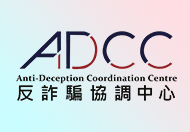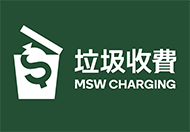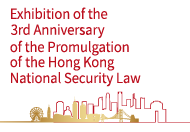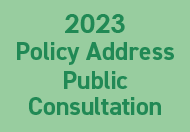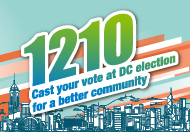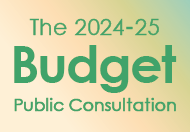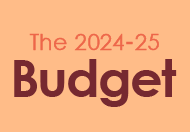Case O32: Visual Pattern Recognition
| Complexity |
|
| Target Level |
|
Objective:
To program a micro-processor to recognize a visual pattern.
Description:
“Visual Patten Recognition” begins with making pattern using LED matrix, in which students connect components (LEDs, switches, variable resistors, etc.) to form series / parallel circuit, so that each LED can be switched on / off independently and glows with the same brightness as others.
To “see” the pattern, students need to make an eyeball with lens and retina, which are plastic convex lens and light dependent resistors (LDR) respectively. The lens should be able to focus light onto the LDRs, and as such their resistance should drop in response to illumination.
Finally, the leads of the LDRs are the optical nerves going to the brain for signal processing, equivalent to making connections with the input pins of a micro-processor, which is then programmed to learn and recognize visual patterns.
| Hardware |
|
| Software |
|
| Cloud Services |
|
| Major Activities |
|
| Learning Objective(s) |
|
| Duration |
|
| Target No. of Students |
|

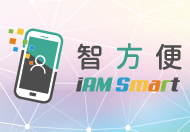

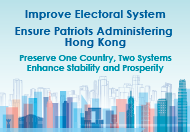
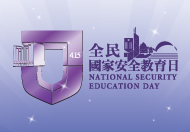
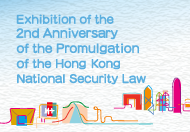
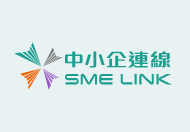
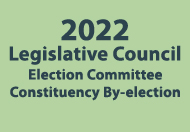

_190x132.png)
